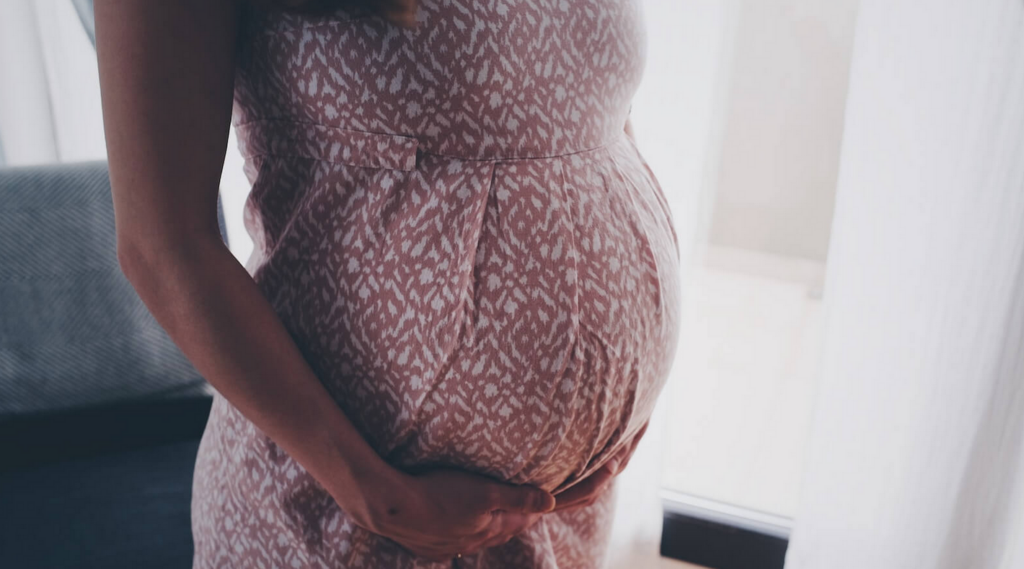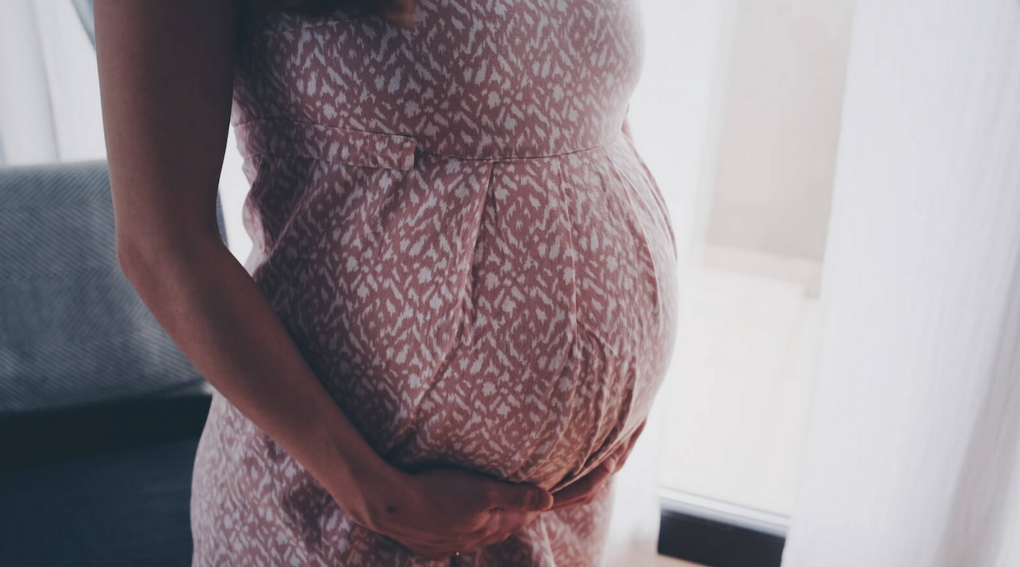Invisible Threat: Everyday Items Linked to Health Risks for Pregnant Women
 By Study Finds
By Study Finds
Flame-retardant chemicals in everyday items can have a harrowing effect on pregnant women and their babies. The substances in question, organophosphate esters (OPEs), are a common ingredient in furniture, electronics, and baby products to reduce the risk of fire. However, these chemicals, often invisible to the naked eye and nose, can increase the risk of preterm birth and impact a child’s birth weight.
For years, the safety of OPEs has been a subject of debate, but conclusive evidence has been scarce due to limited studies with small sample sizes. The latest research from Rutgers University, conducted under the Environmental Influences on Child Health Outcomes (ECHO) Program, changes the game. It’s the largest study of its kind, analyzing data from over 6,600 pregnant women across 16 cohorts in the U.S.
To understand the gravity of the findings, it’s essential to know what OPEs are and how they sneak into our lives. Imagine a cozy living room with plush sofas, a baby’s crib, and various electronic gadgets. Unbeknownst to many, these items often contain OPEs, used to make them less flammable. The twist is that OPEs don’t stay put; they gradually escape into the air and dust around us. We come into contact with them through touching, breathing, or even eating dust particles that have settled on our food.
“This is another regrettable case where new chemicals were introduced into consumer products without really understanding their health impacts,” says study co-author Emily Barrett, professor and vice chair of the Department of Biostatistics and Epidemiology at the Rutgers School of Public Health and a member of the Rutgers Environmental and Occupational Health Sciences Institute, in a university release. “Knowing now that OPE exposure is associated with adverse birth outcomes, we have to ask ourselves, ‘What are the downstream impacts on children’s health?’”
Natural Blaze is Google-Free — We Need Your Support
Contribute Just $1 Per Month at Patreon to Aid the Cause of Health Freedom
Rutgers researchers analyzed urine samples from pregnant women, primarily in their second and third trimesters, to measure the presence of nine OPE biomarkers. These markers are essentially fingerprints that indicate a person’s exposure to OPEs. The study then examined how these exposure levels related to two critical aspects of pregnancy: the length of the pregnancy (gestational age) and the baby’s birth weight.
The results were concerning. Certain OPEs displayed a link to higher odds of preterm birth, meaning babies were born before reaching full term (39 to 40 weeks). Particularly notable was the finding that baby girls were more susceptible to some OPEs than boys, showcasing a sex-specific impact.
In addition, some OPEs had an association with increased birth weight relative to gestational age. While this might sound like a good thing, it’s actually a double-edged sword. Babies born larger for their gestational age can face health challenges, including a higher risk of childhood obesity.
Preterm birth and deviations in birth weight are not just numbers on a chart. They can lead to serious health issues for the child, such as developmental delays and long-term health problems. This study suggests that our everyday environment, through the presence of OPEs, might be subtly influencing these vital health outcomes.
Researchers say this is a wake-up call, shedding light on how little we know about the chemicals surrounding us and their potential impact on our most vulnerable. While researchers call for more studies to understand these associations better, this report is an essential step in acknowledging and addressing the hidden risks pregnant women face from everyday items in their homes.
“These substances tend to stay in the body for short periods, usually just hours to days,” notes study leader Deborah Bennett from the University of California-Davis. “Conducting more thorough studies with various urine tests can help us figure out how they might be linked to birth outcomes.”
The study is published in the journal Environmental Health Perspectives.
Source: Study Finds
StudyFinds sets out to find new research that speaks to mass audiences — without all the scientific jargon. The stories we publish are digestible, summarized versions of research that are intended to inform the reader as well as stir civil, educated debate.



